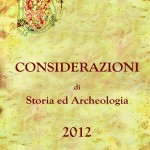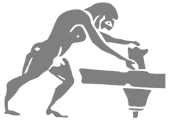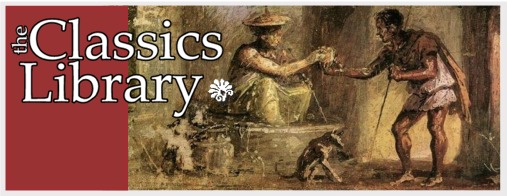[First posted in AWOL 15 May 2012. Updated 29 May 2013]
Archaeology Data Service / Digital Antiquity: Guides to Good Practice
Archaeology Data Service / Digital Antiquity: Guides to Good Practice
This new and revised series of Guides to Good Practice have been produced as the result of a two-year collaborative project between the UK Archaeology Data Serviceand Digital Antiquity
in the US. The project has encompassed important revisions of the existing six ADS Guides as well as the development of entirely new documents covering areas such as marine survey, laser scanning, close-range photogrammetry, digital audio and digital video. The project has involved previous Guides authors revising existing content alongside new authors, from both Europe and the US, also contributing to the development of the guides into new themes and areas.
The project has been undertaken in collaboration with the Digital Antiquity initiative, a US-based project with the aim of enhancing the preservation of and access to digital records of archaeological investigations. A major aim of the Guides is to provide the basis for archaeological project workflows that will create digital datasets that can be archived and shared effectively by Digital Antiquity's tDARarchive and repository in the US and by the Archaeology Data Service in the UK. The development of the Guides involves close collaboration with teams in the US at both the University of Arkansas and Arizona State University.
Other ADS projects have also fed into the revision and development of the Guides. ADS involvement in the European VENUS projecthas formed the basis of a guide focussed on marine survey. In addition, the incorporation of findings from the ADS Big Data
project, together with the revision of the existing guide on aerial photography and remote sensing data, has seen a significant contribution to the guides from English Heritage funded projects.
Previous versions of the ADS/AHDS Guides to Good Practice have been archived and are still available on the old Guides to Good Practicepage.
Guides to Good Practice: Table of Contents#
- Digital Archiving
- About these Guidelines
- How to use these Guides
- What is Digital Archiving?
- Archival Strategies
- The Project Lifecycle
- Planning for the Creation of Digital Data
- Project Documentation
- Project Metadata
- Data Selection: Preservation Intervention Points
- The Project Archive: Storage and Dissemination
- Copyright and Intellectual Property Rights
- Basic Components
- Documents and Texts
- Databases and Spreadsheets
- Raster Images
- Vector Images
- Digital Video
- Digital Audio
- Data Collection and Fieldwork
- Aerial Survey
- Geophysics
- Marine Survey
- Laser Scanning
- Close-Range Photogrammetry
- Data Analysis and Visualisation
- GIS
- CAD
- Virtual Reality
- Preparing and Depositing Your Archive
- Preparing your Archive
- Depositing at the ADS (UK)
- Depositing at tDAR (USA)
 and
and 












































 Subscribe to the podcast RSS feed
Subscribe to the podcast RSS feed